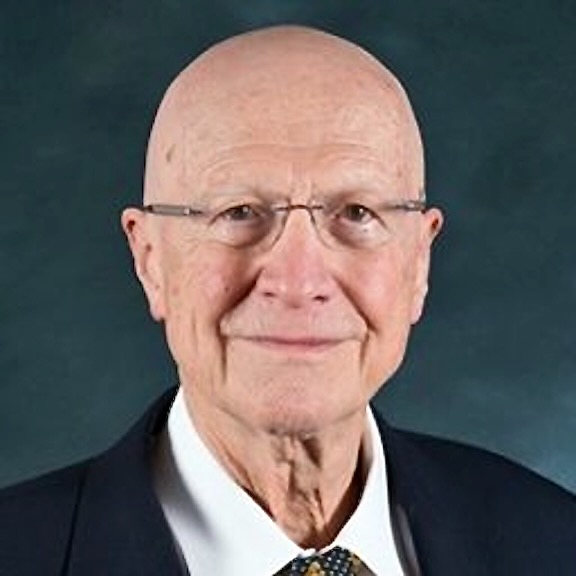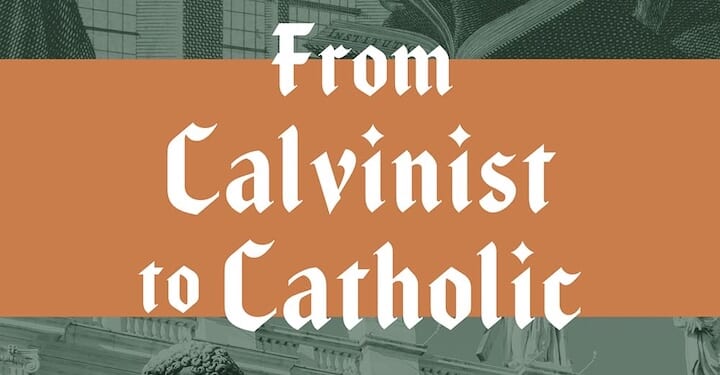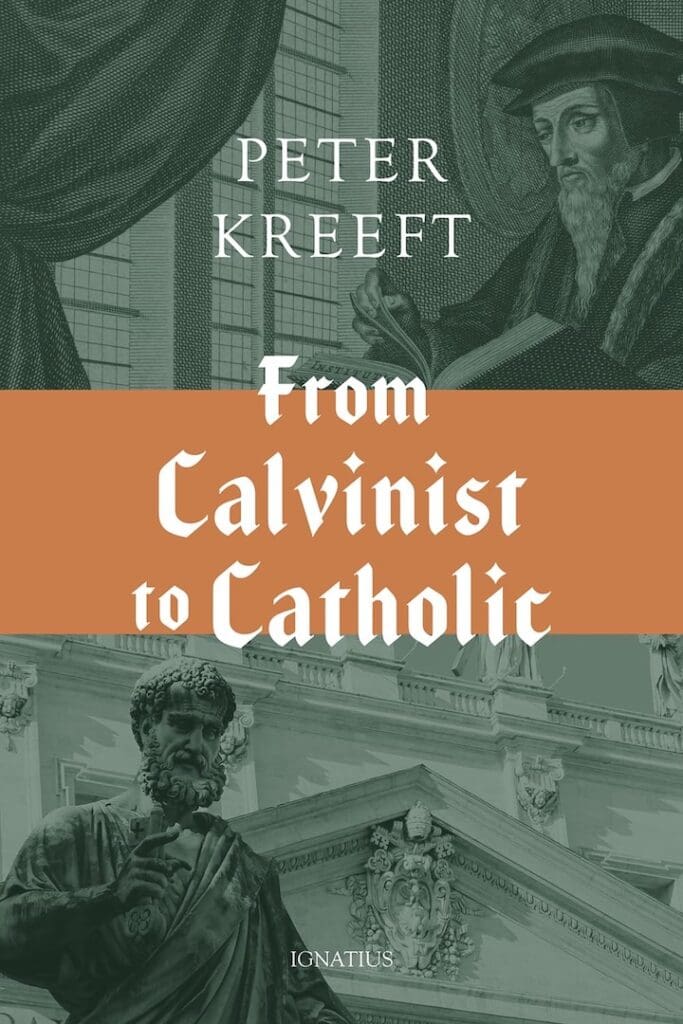Chesterton once said that there are two ways of getting home. One of them is to stay there. The other is to walk round the whole world till we come back to the same place. Since the Church is our true home, we could say that the first is a good description of a cradle Catholic, the second of a revert like me.
But there is a third way of getting home: to discover it for the first time. That describes converts to Catholicism who were reared in other religious traditions. That is the road the eminent Catholic philosopher Peter Kreeft travelled into the Church, as he delightfully recounts in his recently released autobiography, From Calvinist to Catholic.
As it happens, Kreeft’s turning from Reformed Protestantism to the Catholic Church describes the last leg of my own return journey into the Catholic Church as well. I have added reason, then, for taking such keen interest in this recounting of his spiritual journey. Kreeft and I share another important connection – to Calvin College (now University), where I taught for almost a decade and where he attended as an undergraduate many years before. The roles were reversed with respect to Villanova University, where I was a master’s student in philosophy and Kreeft began his illustrious teaching career.
Commendably, Kreeft demonstrates profound respect and gratitude for his Reformed upbringing. A deep personal affection for his family and friends is an important contributing factor. But he also displays a genuine appreciation for that tradition’s many strong points. Foremost among these is the Evangelical emphasis on the importance of a personal relationship with Jesus Christ as Lord and Savior. In that connection, Kreeft offers that he appreciates this aspect of Protestantism more now than when he was a Protestant.
He makes a similarly interesting point with respect to the Protestant emphasis on the authority of Holy Scripture. In discussing the teaching of sola scriptura, Kreeft argues persuasively that one cannot get to an infallible Bible without an infallible Church to authenticate it. He thus writes, somewhat paradoxically, that to be a Bible-believing Protestant, he first had to be a Church-believing Catholic.
Despite his generally irenic approach, Kreeft does not hold back in his critique of major Protestant teachings, from Luther’s Three “Solas” (faith alone, scripture alone, grace alone) to the Five Points of Calvinism. It’s clear throughout, however, that what propelled him toward Rome was not the deficiencies of Protestantism so much as the pull of the fullness of the faith that he was gradually discovering in Catholicism. As he describes it, it was like moving from the appetizer to the main course.
The main course included the beauty of the liturgy and the power of the sacraments, the Eucharist most especially. It also involved a growing sense of the sheer grandeur of the Catholic Church. In a particularly moving passage, he writes that the moment of decision for him came while he was a student at Calvin, sitting alone in his room. It was then that he “sensed the greatness of the Church as a gigantic Noah’s Ark with my two favorite saints, Augustine and Aquinas, on the deck waving to me to come aboard.”
Kreeft declares that his heart was open to conversion before his mind and will were. But the mind eventually had to follow, especially for someone so philosophically inclined (the above reference to the two great doctors of the Church attests to that). Along the way, he had to confront several anti-Catholic objections, which he takes up and deftly answers in a separate chapter. One of the last and hardest obstacles Protestant converts face is Marian devotion. Kreeft sensitively explains the stages he and others typically go through before they discover that Mary, like the Church, makes one more Christocentric, not less.
In the end, the main course simply proved too appetizing for Kreeft. Having taken a seat at the rich banquet table, he now clearly saw that Protestantism was in a sense too little or too skinny, as he puts it, compared to the fullness of Catholicism. The capaciousness of the Catholic imagination was encapsulated for him in the recognition that grace does not deny nature but rather builds on and perfects it.
This both/and approach, Kreeft asserts, is the basis for nearly all the differences between Catholicism and Protestantism. In this, he is following C.S. Lewis, whom he credits for having played a formative role in shaping his Christian view of the world (except that Lewis pulled up ever-so-short of the Catholic Church).
A related teaching, the identity of Christ with the Logos, has also exercised a decisive influence on Kreeft’s work as a Christian philosopher. Among other things, it lent legitimacy to the marriage of faith and reason, as opposed to establishing what Lewis called a “ruthless antithesis” between the two. As a result, he could now affirm the valuable contributions of all the great pagan philosophers in their pursuit of wisdom. What has Athens to do with Jerusalem? Very much, indeed, Kreeft answers, contra Tertullian. For as the Logos, Christ was the fulfillment of pagan philosophy as well as of Jewish prophecy.
This is a short book (it comes in at less than 200 pages) but one filled with many fascinating philosophical and theological insights that readers are sure to find rewarding. In the end, though, this is the personal story of one of our most influential contemporary Christian thinkers. Despite the author’s confession of his own flaws and foibles, it is an uplifting story of how Kreeft came to discover the beauty of the Catholic Church – or perhaps to rediscover it, as a revert in a broader historical sense.
It all brings to mind T.S. Eliot’s lines in Little Gidding:
We shall not cease from exploration,
And the end of all our exploring
Will be to arrive where we started
And know the place for the first time.






![Hegseth Demands Fitness Requirements, Says 'Fat Troops' 'Not Who We Are' [WATCH]](https://teamredvictory.com/wp-content/uploads/2025/09/Hegseth-Demands-Fitness-Requirements-Says-Fat-Troops-Not-Who-We-350x250.jpg)






